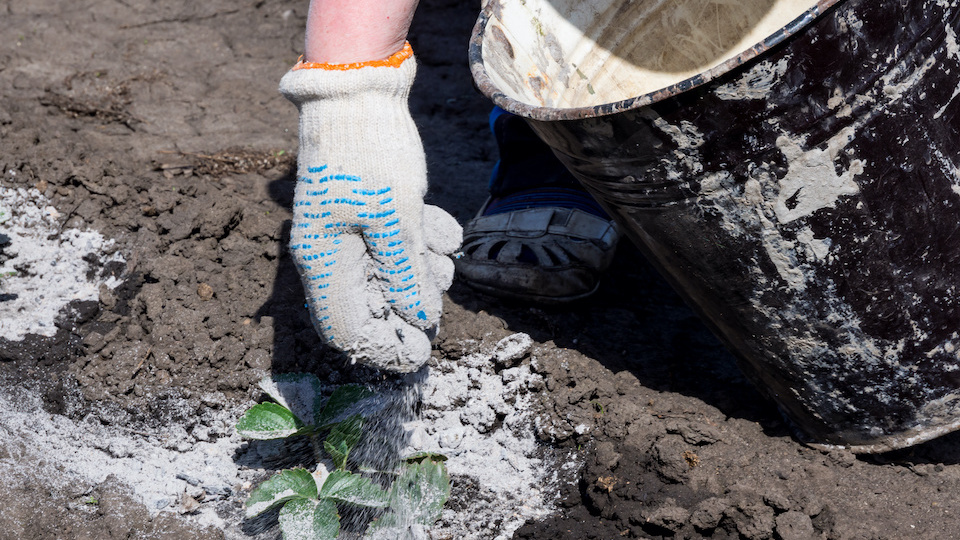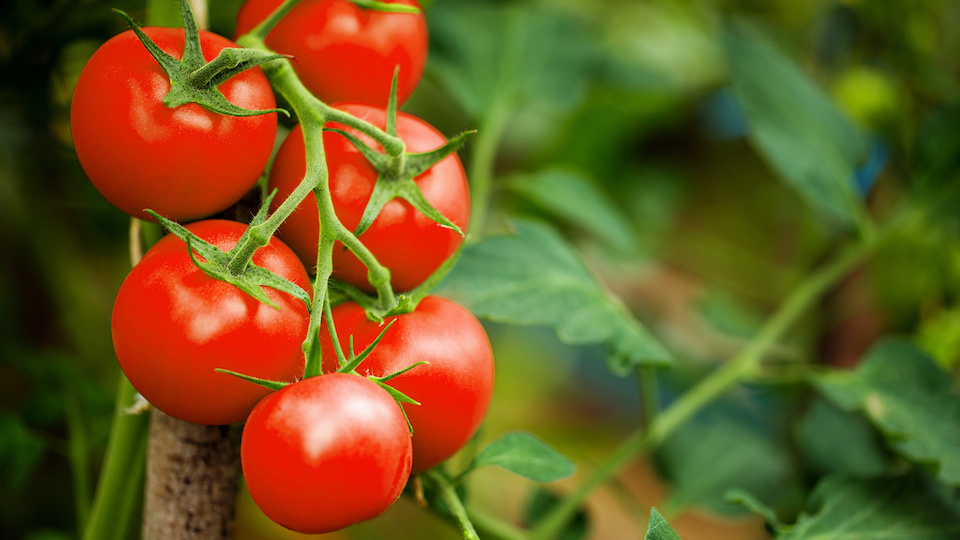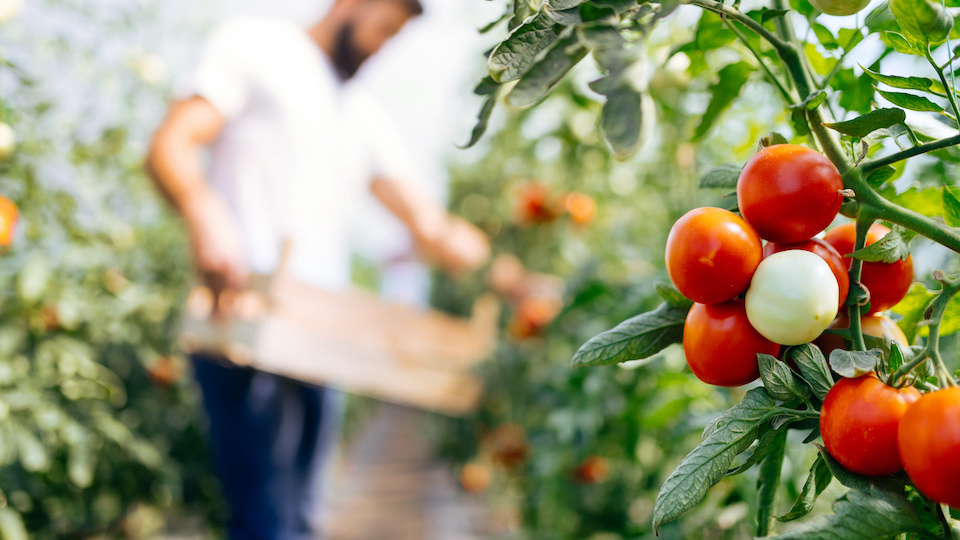Are you dreaming of bigger, tastier tomatoes? I often find myself thinking about ways to have a massive harvest of gorgeous and juicy fruit. Because of this, I have spent the better part of the last ten years studying how to have the best tomatoes ever. Much of what I have learned has come from trial and error. From this, I have a newfound understanding and appreciation of just what tomatoes need to thrive. If you ready for the best tomatoes ever, read on.
What is a determinate tomato?
Before we dig into some neat tomato growing tricks, it is essential to define what exactly is a determinate tomato. All tomatoes fall within one of two categories, determinate and indeterminate. Determinate varieties of tomatoes reach a specific, fixed height and stop growing – this also includes bush types. These varieties set and produce fruit all at one time. Indeterminate tomatoes’ varieties grow and produce fruit throughout the growing season and require tall supports – up to five feet – to keep them upright.
Why is that important to know, you might ask? Some of the tricks that work on determinate tomatoes can have the opposite effect on indeterminate varieties.
Increase your harvest size with this old-time trick

A forty percent increase in tomato production is incredible and much easier than you may think. Once I learned this trick, the number of tomatoes on each plant increased, and the fruit’s quality seemed to improve. The secret is wood ash, which is very alkaline and rich in a substance called potash. I know what all of you seasoned gardeners might be thinking, and yes, alkalinity and potash seem very strange to associate with tomatoes as they tend to like more acidic soil. This is when it is vital to know the difference between determinate and indeterminate tomatoes.
Alkalinity can put stress on indeterminate tomatoes that grow all season long. However, with determinate tomatoes, alkalinity does an expert job at balancing the pH. And balanced pH leads to…you got it, increased fruit production!
A study conducted by Duke University and Cornell University found that tomato production increased by up to forty percent when an alkaline substance, such as wood ash, was applied to determinate tomatoes. They also found that growing determinate tomatoes in an acidic environment promoted foliage growth but not fruit growth. Potash, also contained in wood ash, is high in water-soluble potassium, promoting healthy fruit set and plant growth.
Caution: Never use any wood ash that may be tainted with chemicals, such as wood that has been treated and contains creosote. If you use lighter fluid to start a fire, the wood ash can harm plants. Also, don’t use wood ash from trash burning. Use only wood ash from pure wood – nothing else.
If you don’t have immediate access to wood ash, there is no need to worry – you can buy it online or at your local garden supply store.
How to use wood ash: Place one cup of wood ash in each planting hole and cover it with a bit of soil before planting your tomato plant – you do not want the plant’s roots to come in direct contact with the wood ash.
Let’s look at one more way that you can maximize tomato production.
Intercropping

Growing tomatoes in a vertical fashion (which you always should) leaves quite a bit of room under, around, and beside the tomato plant’s base. I don’t know about you, but I try never to waste space in my garden as I want the most significant yield possible.
Void space around tomato plants presents a perfect opportunity for something called intercropping. Intercropping is simply growing two or more crops within proximity of each other. For instance, if you have a raised bed with tomatoes, introducing other plants can have a tremendous positive impact on both determinate and indeterminate tomato plant yield.
One of the first reasons to intercrop is to help ward off pests. Increasing plant diversity within a tomato garden bed increases the number of pheromones and scents in the area, which helps mask the tomato’s scent that pests are after. Pest-free tomatoes are happy and healthy tomatoes.
Another great reason to practice intercropping is that it covers any bare soil. Bare soil in a garden bed is not a good thing for several reasons. First of all, bare soil takes a beating from the elements, especially the sun, which bakes and breaks down the soil, killing off beneficial bacteria and reducing soil vitality. Intercropping helps the soil retain moisture and nutrients, preventing evaporation and contributing to healthier tomato growth. Wind and rain also degrade the soil further, while unplanted soil in garden beds creates vulnerability to weed seeds. Once weeds take off, they compromise plant growth and production. A weed-free tomato bed means that tomato plants get what they need to grow big and strong.
When it comes to tomatoes and intercropping, many great plants act as a living mulch and help tomatoes grow and produce big and delicious fruit. Keep in mind that some plants can do more harm than good when planted close to your tomatoes. Therefore, is imperative to know the difference between the two.
The first step in determining what to plant with your tomatoes is looking at how the sun falls in your bed. Most likely, if you have planted your tomatoes down the center of your garden bed, you will have a shady spot under the plants and a sunnier space on the outside.
Caution: Tomato plants are aggressive feeders, so avoid planting other plants that are also heavy feeders next to them. This creates a competitive situation, which you should try to avoid.
I like to plant various herbs such as thyme, basil, oregano, and sage up close to my tomato plants as an understory crop. These herbs are not heavy feeders and also do well in dappled light. You can also plant lettuce up close to tomatoes since it appreciates the tomato plants’ shade and won’t rob the soil of nutrients. Avoid spinach as it is a heavy feeder.
In the early season, radishes are a great option as they love the shade. Consider root crops like carrots, beets, parsnips, etc. These root crops don’t use too much nitrogen. In fact, too much nitrogen can cause these root crops to make small roots, which means that they may actually grow better when planted near tomatoes. Additionally, these crops have sparse root tops, which allow for airflow under the tomatoes. Consider planting edible flowers like marigolds to help repel pests such as tomato hornworms and soil-borne nematodes. Another sweet and pretty flower to consider growing as an understory plant is violas.
For the outside, sunny space around your tomato plants, consider beans. Beans love tomatoes and grow very well in the same bed. Lavender is a beautiful crop to plant on a tomato bed’s outer edges as it loves the warm sunshine. Not only that, it looks stunning and smells great as well!
Are you ready for luscious tomatoes this season? Try the tricks above to have the biggest and best tomatoes ever.
Happy Growing,
-Susan Patterson, CBHC, Master Gardener




